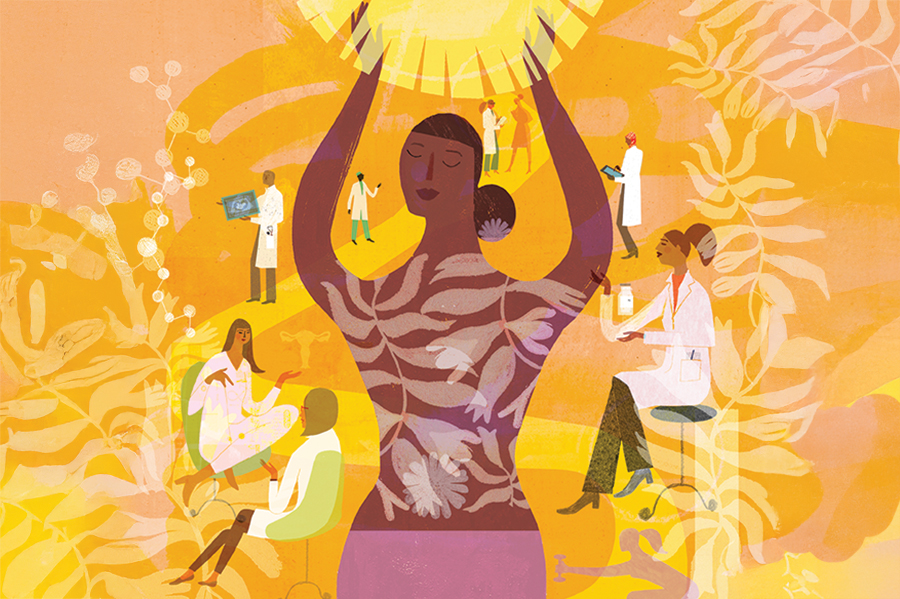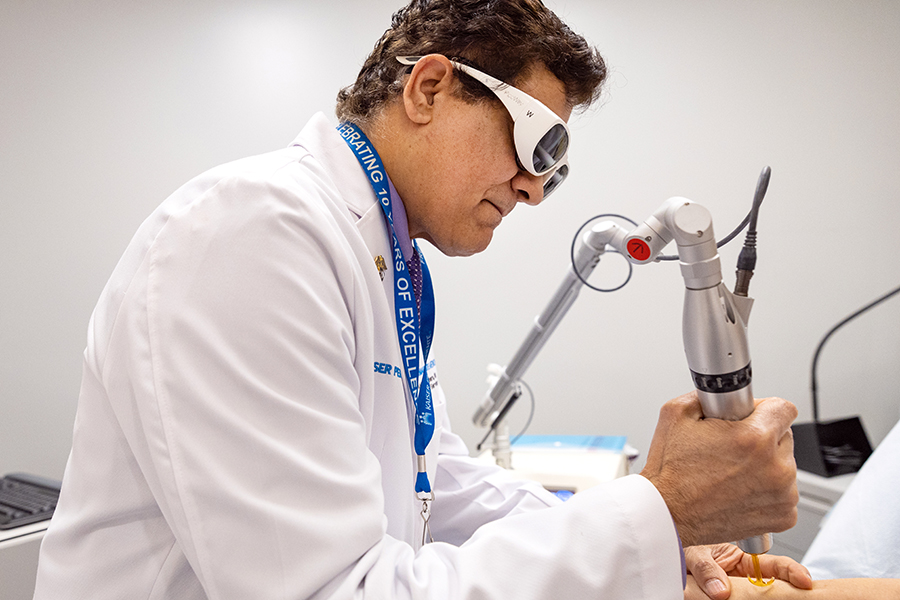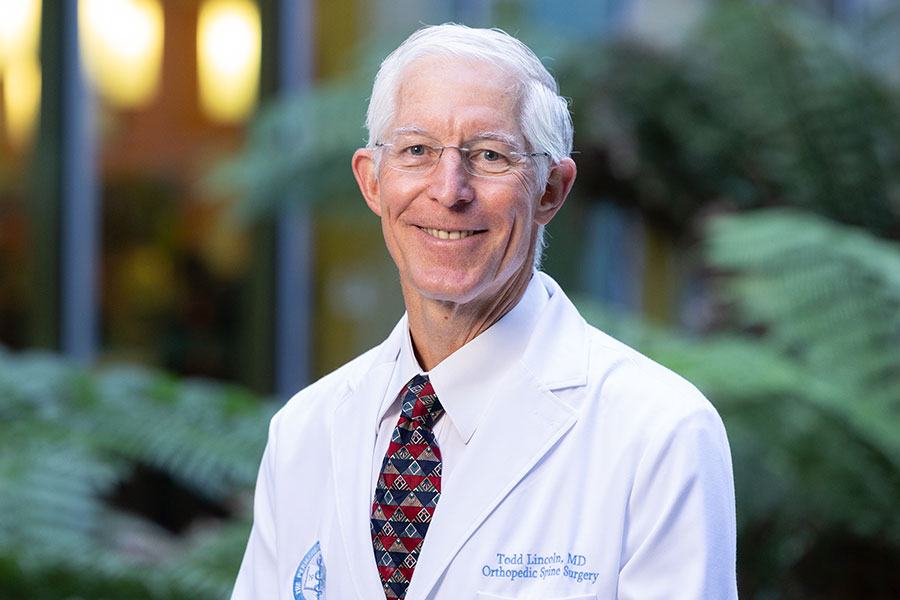Sacramento Bee-December 1, 2017
If you’re a lactating mom with breast milk to spare, you have an elixir that can help neonatal medical teams around the state save infant lives.
Pauline Sakamoto hopes you’re willing to share.
Sakamoto and her team at the nonprofit Mothers’ Milk Bank in San Jose have worked with four local hospitals to organize breast milk drives Monday through Thursday This won’t be just a milk drive; it will be a party, Sakamoto said.
“Lactation consultants and nurses will be out to talk with the public,” she said. “People can get their questions answered about breastfeeding, the best breast pumps, what to do when you go back to work and more.”“Lactation consultants and nurses will be out to talk with the public,” she said. “People can get their questions answered about breastfeeding, the best breast pumps, what to do when you go back to work and more.”
For years now, the U.S. Centers for Disease Control has teamed up with doctors all around the country to get the word out that optimal human health begins by breastfeeding exclusively for at least a baby’s first six months of life.
“Breastfeeding has benefits for the mom and for the baby,” said Michele Evans, MD, a pediatrician with Kaiser Permanente in Roseville. “Human milk is easier for a baby to digest, and it has all the nutrients and calories that a baby needs to be healthy for those first six months of life. It also has growth factors that can help a baby’s overall development.”
That first pale yellow milk that comes from a woman’s breast, known as colostrum, is often referred to as an immunization. It has a wealth of minerals, protein, salt, nitrogen, white blood cells, vitamin A, and certain antibodies, and it has less fat and sugar than the mature milk that comes later. That’s why breastfed babies are less likely to have ear infections, diarrhea, pneumonia, wheezing and bronchiolitis, Evans said.
And, because of its slightly laxative effect, medical experts say, colostrum will help the newborn get rid of waste accumulated before birth.
A mom who breastfeeds will notice that it’s easier to shed pounds accumulated during pregnancy, Evans said, and her uterus will experience more contractions that will shrink it back to the size it was before pregnancy. Breastfeeding also allows moms to bond with their babies, she said.
Yet not all moms can produce enough breast milk to provide their infants with this life-giving substance. That’s where the Mothers Milk Bank comes in. It is the only nonprofit milk bank in California, Sakamoto said, and one of just 25 such institutions in the United States.
“Why did we start? Well,” Sakamoto said, “the story goes that 44 years ago, there was a set of twins born in Los Gatos, and they were a little bit on the small side, so they were in the NICU. One twin was doing perfectly well on formula, and the other twin was starving to death on formula. The mother could not breastfeed.”
The neonatal doctor told the tissue bank of the infant’s desperate need for human milk, Sakamoto said, and a tissue harvester put out a call to the Bay Area community. The baby survived, thanks to contributions from the community, and grew up to become a sheriff in the area, Sakamoto said.
The Centers for Disease Control reports that, while 81 percent of U.S. moms begin breastfeeding in the hospital, only about 51.8 percent were breastfeeding their infants at six months of age. Less than a third were breastfeeding when their babies turned a year old.
In California, 90 percent of mothers started out breastfeeding their babies in hospitals. By the time infants reached 6 months, that number fell to 58.5 percent, and at 12 months, it was 34.3 percent. One of the secrets to improving infant mortality in this country is improving these numbers, Sakamoto said.
The Mother’s Milk Bank supplies more than 500,000 ounces – or more than 3,900 gallons – of human milk to hospitals and individuals around California. Sixty percent of California hospitals get supplies from the San Jose bank, which charges a service fee of $3.75 an ounce to cover its costs.
Sakamoto’s team must test the milk to insure it is fit for consumption, check with each donor’s doctor to be sure they’re healthy enough to make donations and pay to get each donor’s blood tested. Potential donors can begin the donor process at the local milk drives, by calling (877) 375-6645, by emailing donate@mothersmilk.org or by visiting Midtown Lactation Consultants at 4250 H St. in Sacramento. Local moms also can drop off their milk all year long at the midtown Sacramento lactation clinic, one of about 10 depots that Mother’s Milk runs around the state.
Even if a donor hasn’t been approved yet, Sakamoto said, she can still drop off milk at one of the drives. The milk drives will run from 9 a.m. to 3 p.m.
While 70 percent of the milk supplied by Mother’s Milk goes to intensive care units in hospitals, about 30 percent of the supply goes to outpatients, Sakamoto said. Either mothers don’t have enough breast milk or they opt to feed their infants formula and discover after two or three months that their child is severely allergic to formula.
If that happens in California, Sakamoto said, moms covered by Medi-Cal can get assistance with fees to cover donor milk because Medi-Cal understands that this will reduce the costs of caring for infants in the long run. But moms covered by private-employer insurance often run into brick walls, even if they have had a double mastectomy because of cancer.
“If the child is fairly big, it could be 24 ounces a day times $3.75,” Sakamoto said. “It’s expensive, really expensive. We try to go to bat with these insurance companies and say, ‘This mom wants to breast feed. She just doesn’t have the ability to do it. She’s willing to feed her child, but this human milk could be another mortgage for them, so help them out.’”
The appeal isn’t always successful, though, Sakamoto said, even with a prescription from a doctor.
This article originally appeared in The Sacramento Bee






